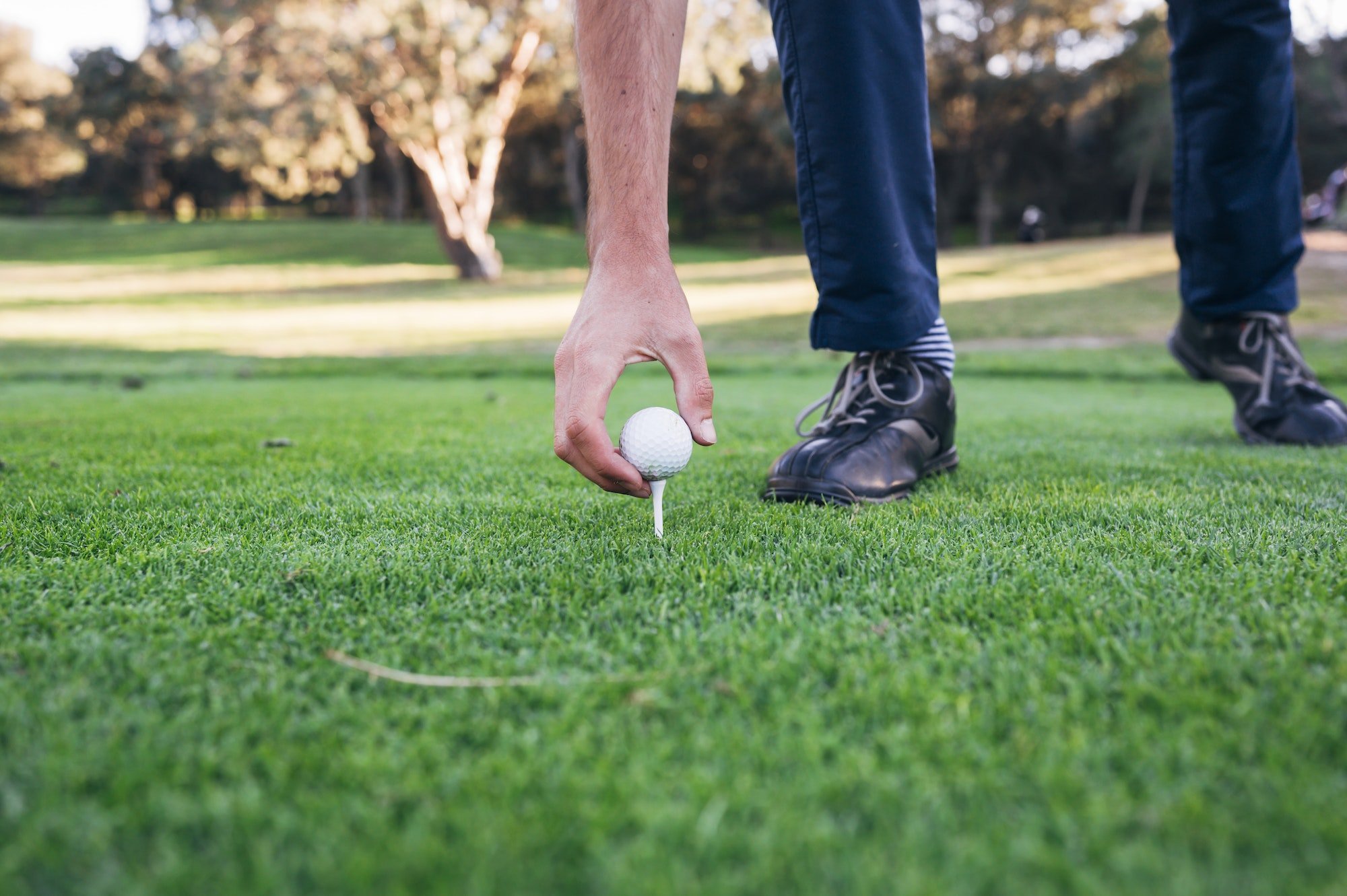Golf is an incredibly rewarding sport that many people enjoy. It’s a great way to spend time outdoors, enjoy the company of friends, and hone your skills as a player. It’s a sport that requires careful attention to detail, focus, and practice. Unfortunately, it can also be a source of injury. Golfer’s elbow is a common injury among golfers, and can make it difficult to play at your best. Fortunately, there are techniques you can use to prevent golfer’s elbow, and improve your game.
What is Golfer’s Elbow?
Golfer’s elbow is a painful condition that can affect the tendons and muscles of the elbow, forearm, and wrist. It is caused by repetitive motions, such as gripping a golf club, that strain the muscles and tendons of the elbow and forearm. Symptoms of golfer’s elbow include pain and tenderness in the elbow, difficulty gripping objects, and weakness in the forearm. If you’re experiencing any of these symptoms, it’s important to consult with your doctor.
Preventing Golfer’s Elbow
The best way to prevent golfer’s elbow is to practice proper technique when playing golf. Here are some tips to help you avoid injury:
- Use a lighter golf club.
- Grip the golf club lightly, with your hands slightly apart.
- Avoid gripping the club too tightly.
- Take frequent breaks while playing.
- Stretch and warm up your muscles before playing.
Improving Your Game
To improve your game, practice is key. Setting aside a few hours each week to practice your swing will help you become a better player. Here are some tips for improving your game:
- Focus on your grip and stance.
- Practice your swing and follow through.
- Use a variety of clubs to practice different shots.
- Vary your practice sessions with putting, chipping, and driving drills.
Strength Training for Golfers
Strength training is an important part of any golfer’s routine. It helps build strength and stability in the muscles and tendons, which can help reduce the risk of injury. When strength training for golf, focus on exercises that target the muscles used in the golf swing, such as the core, shoulders, and hips. Here are some strength training exercises that can help improve your game:
- Squats
- Lunges
- Planks
- Rotational exercises
- Shoulder press
Treating Golfer’s Elbow
If you’ve already developed golfer’s elbow, there are treatments available to help. Rest, ice, and over-the-counter medications can help reduce inflammation and pain. If the condition persists, you may need to visit a physical therapist or sports medicine doctor for more intensive treatment. Treatments may include stretching, strengthening exercises, and even corticosteroid injections. For more information about golfer’s elbow treatment, visit this website.
With the right techniques and practice, you can prevent golfer’s elbow and improve your game. Whether you’re a novice or an experienced golfer, these tips can help you stay healthy and play your best.

